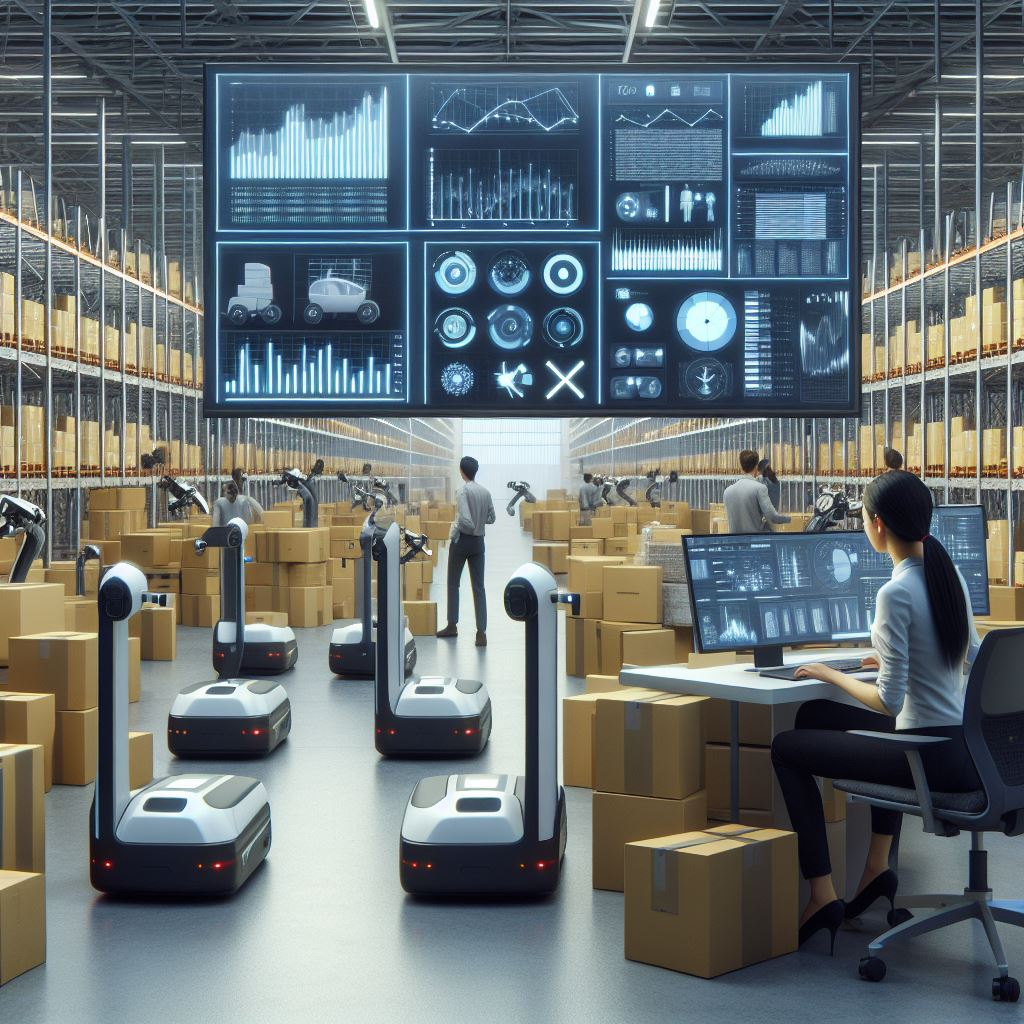By combining cutting-edge services and technology to improve patient care and engagement, digital health platforms are completely changing the healthcare sector. These platforms offer a wide range of features that enhance the general healthcare experience for both patients and healthcare professionals. Here we analyze how digital health platforms are revolutionizing healthcare delivery by examining its definition, features, advantages, and future trends.
Definition and Functionality
An integrated digital infrastructure that unifies different health services and technology is called a digital health platform. Through a single interface, it enables patients to manage appointments, interact with healthcare professionals, access their health information, and keep an eye on their ailments. Web applications or mobile apps may be used to access digital health platforms, which provide features like:
• Access to Health Records: Patients have the ability to see their medical history, test results, and other pertinent data.
• Remote Consultations: By eliminating the need for in-person meetings, virtual consultations with medical professionals increase accessibility and convenience.
• Symptom Tracking: Patients may record their symptoms in real time, which helps with prompt interventions and improved treatment of chronic diseases.
• Prescription Management: Users can effectively manage their medications, check medication regimens, and request refills.
These systems improve care monitoring and customization by utilizing cutting-edge technology like artificial intelligence (AI) and the Internet of Things (IoT). AI may, for example, help with appointment scheduling, offer personalized medical advice, and even forecast health trends using patient data.
Benefits of Digital Health Platforms:
- Improved Interaction with Patients: Through the provision of self-management tools and individualized information, digital health platforms enable patients to take control of their health. Patients feel more in control of their health since they can view their medical records, monitor their progress, and get immediate feedback. Furthermore, interactive elements like health reminders and instructional materials help patients become more involved and promote proactive health management.
- Better Care Access: Expanding access to healthcare services is one of the major benefits of digital health platforms. Patients, particularly those in underprivileged regions, may obtain timely care without the need for in-person sessions because to remote consultations and round-the-clock access to health information. Those with hectic schedules, limited access to healthcare facilities in remote locations, or those with mobility impairments can especially benefit from this.
- Economy of Cost: Digital health platforms reduce providers’ operating costs and patients’ spending by streamlining healthcare procedures. While automated administrative processes like appointment scheduling and billing lessen the workload for medical personnel, remote consultations do away with the necessity for travel and the related expenses. Furthermore, by offering data-driven insights that optimize care delivery and minimize needless tests and procedures, digital health platforms can enhance resource usage.
- Insights Based on Data: Proactive management of medical disorders is made possible by the incorporation of real-time data into digital health systems. Healthcare professionals can find patterns and trends in patient data that can guide decisions and support early treatments. This data-driven strategy aids in anticipating possible health problems, averting crises, and enhancing patient outcomes in general.
- Flexibility and Scalability: Scalability and flexibility are features of cloud-based digital health platforms that make it simple to integrate them with current systems and adjust to changing healthcare requirements. These platforms may be developed to support more users and additional features as the need for digital health services increases. This flexibility makes it possible for healthcare providers to keep up with technology developments and enhance their offerings over time.
Future Trends
Digital health platforms are expected to increase significantly in the future due to shifting customer expectations and technological improvements. It is anticipated that a number of significant developments will influence the creation and uptake of these platforms.
AI will be essential to improving the user experience on platforms for digital health. With features like natural language processing, predictive analytics, and personalized interactions, AI can automate repetitive chores, increase diagnostic accuracy, and offer personalized health recommendations. AI technology will become ever more integrated into digital health systems as it develops, providing patients and providers with even more benefits.
Platforms are anticipated to grow into developing nations with limited access to traditional healthcare as digital health gains traction. The growing need for accessible and reasonably priced healthcare solutions in emerging nations will be the main driver of this expansion. These platforms have the potential to close the accessibility gap in healthcare and enhance health outcomes worldwide by offering digital health services to marginalized communities.
As the use of digital health grows, protecting patient data will become more and more important. Strong cybersecurity measures must be given top priority on digital health platforms in order to shield private health data from hacks and other dangers. To preserve patient confidence and adhere to legal obligations, it will be crucial to implement multi-factor authentication, superior encryption, and frequent security assessments.
It is anticipated that wearable technology would improve data collecting and health monitoring when integrated with digital health platforms. Continuous, real-time health data, including heart rate, physical activity, and sleep habits, may be obtained by wearable technology. Digital health platforms may easily include this data, providing a thorough picture of a patient’s health and facilitating individualized treatment strategies.
The use of remote monitoring and telehealth technology has increased since the COVID-19 epidemic. In order to accommodate these services, digital health platforms are probably going to keep developing and adding additional capabilities for remote treatment. In order to improve the treatment of chronic diseases and lower hospital readmission rates, remote monitoring solutions can watch patients’ health metrics, send out notifications for aberrant readings, and enable remote interventions.
Challenges and Considerations
Although digital health platforms have many advantages, in order to fully realize their potential, a number of issues must be resolved.
It is essential to make sure that digital health platforms can easily interface with electronic health records (EHRs) and other healthcare systems. The seamless interchange of health information made possible by interoperability improves care coordination and lowers the possibility of mistakes. Achieving interoperability across many platforms and systems would need standardizing communication protocols and data formats.
The capacity of patients and clinicians to use digital health platforms efficiently determines their efficacy. To guarantee that users can take full use of these platforms’ features, it will be essential to improve digital literacy through educational and training initiatives. To guarantee inclusion, special consideration should be given to vulnerable groups, such as the elderly and those with little access to technology.
To protect patient safety and data privacy, digital health platforms need to follow legal requirements and norms. It is crucial to abide with laws like the General Data Protection Regulation (GDPR) in Europe and the Health Insurance Portability and Accountability Act (HIPAA) in the US. For digital health platforms to be successful and credible, it will be essential to stay up to date with changing rules and have compliance procedures in place.
Addressing privacy, security, and usability issues is necessary to promote patient acceptance of digital health platforms. It’s critical to establish trust by communicating openly about data usage and security protocols. Furthermore, improving patient happiness and engagement may be achieved by creating user-friendly interfaces and offering assistance in navigating the platforms.
In conclusion
By making healthcare delivery more patient-centered, efficient, and accessible, digital health platforms are transforming the industry. They are vital components of the contemporary healthcare ecosystem because of their capacity to combine many services into a seamless user experience. These platforms improve access to treatment, increase patient involvement, and offer data-driven insights that maximize health outcomes by utilizing technologies like artificial intelligence (AI), the Internet of Things (IoT), and cloud computing.
Digital health platforms will be crucial in determining the direction of healthcare as the sector develops further. To fully utilize these platforms, it will be essential to seize the chances and overcome the obstacles they present. By doing this, medical professionals may provide excellent, patient-focused treatment that satisfies the demands of contemporary patients.










